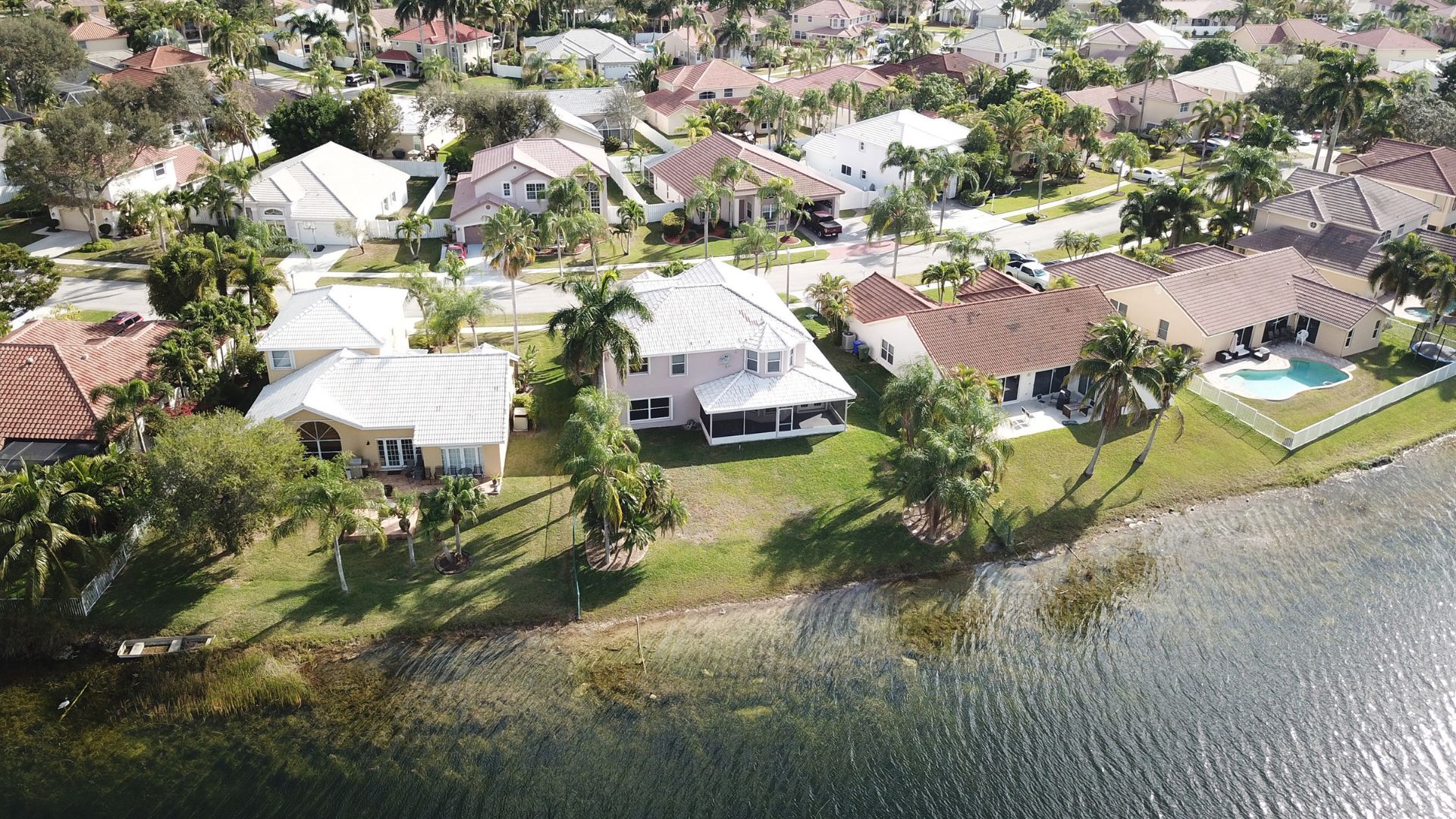Purchase flood insurance even if not in a flood zone
Didier Malagies • September 30, 2024
Ask a Mortgage Question
Use the form below and we will give your our expert answers!
203H Ask A Question
Start Your Loan with DDA today
Your local Mortgage Broker
Mortgage Broker Largo See our Reviews
Looking for more details? Listen to our extended podcast!
Check out our other helpful videos to learn more about credit and residential mortgages.

1. HOA / Condo Association Loans (Most Common) These are commercial loans made directly to the association, not individual unit owners. Typical uses Roof replacement Structural repairs Painting, paving, elevators, plumbing Insurance-driven or reserve shortfalls Key features No lien on individual units Repaid through monthly assessments Terms: 5–20 years Fixed or adjustable rates Can be structured as: Fully amortizing loan Interest-only period upfront Line of credit for phased projects Underwriting looks at Number of units Owner-occupancy ratio Delinquency rate Budget, reserves, and assessment history No personal guarantees from owners 2. Special Assessment Financing (Owner-Friendly Option) Instead of asking owners to write large checks upfront: The association levies a special assessment Owners can finance their portion monthly Reduces resistance and default risk Keeps unit owners on predictable payments This is especially helpful in senior-heavy or fixed-income communities. 3. Reserve Replenishment Loans If reserves were drained for an emergency repair: Association borrows to rebuild reserves Keeps the condo compliant with lender and insurance requirements Helps protect unit values and marketability 4. Florida-Specific Reality (Important) Given your frequent focus on Florida condos, this resonates strongly right now: New structural integrity & reserve requirements Insurance-driven roof timelines Older associations facing multi-million-dollar projects Financing often prevents forced unit sales or assessment shock Many boards don’t realize financing is even an option until it’s explained clearly. 5. How to Position the Conversation (What to Say) You can frame it simply: “Rather than a large one-time special assessment, the association can finance the project and spread the cost over time—keeping dues manageable and protecting property values.” That line alone opens the door. 6. What Lenders Will Usually Ask For Current budget and balance sheet Reserve study (if available) Insurance certificates Delinquency report Project scope and contractor estimate Bottom Line Condo associations do not have to self-fund roofs or major repairs anymore. Financing: Preserves cash Reduces owner pushback Helps boards stay compliant Protects resale values Tune in and learn https://www.ddamortgage.com/blog didier malagies nmls#212566 dda mortgage nmls#324329




